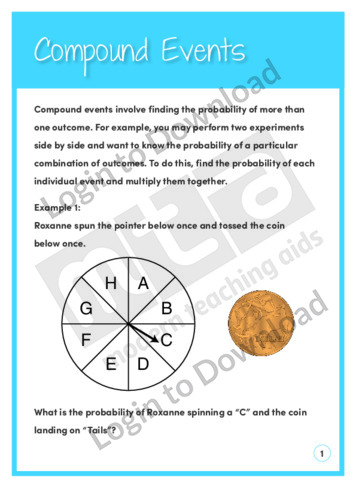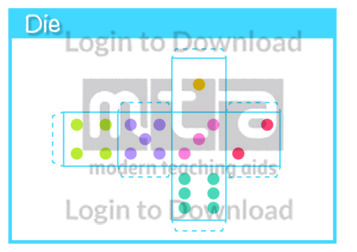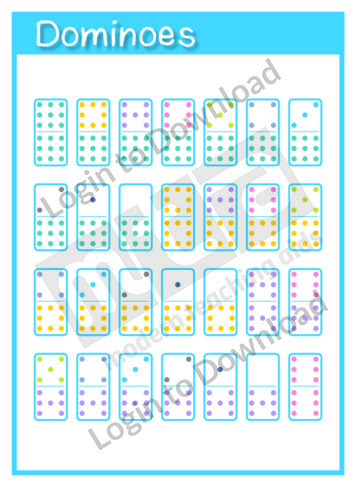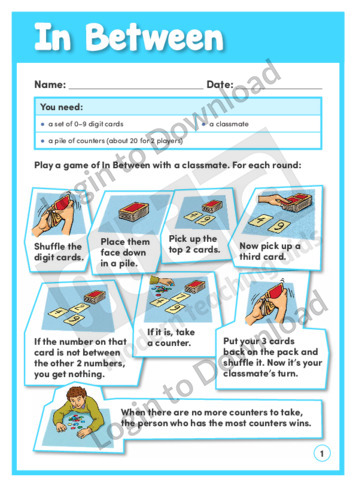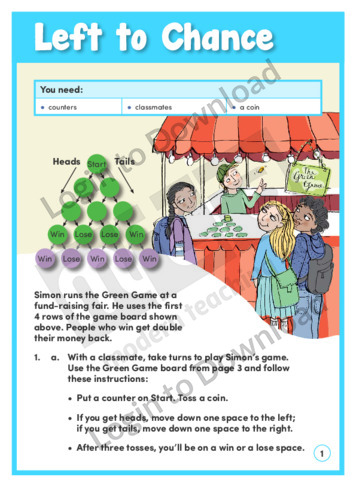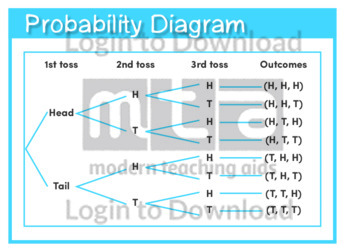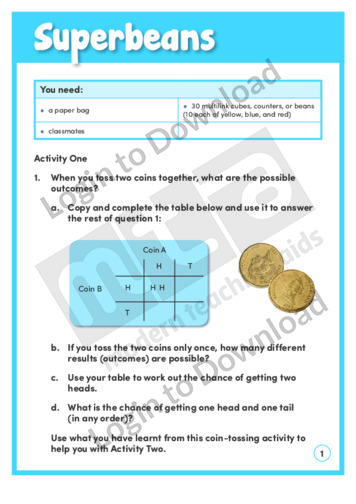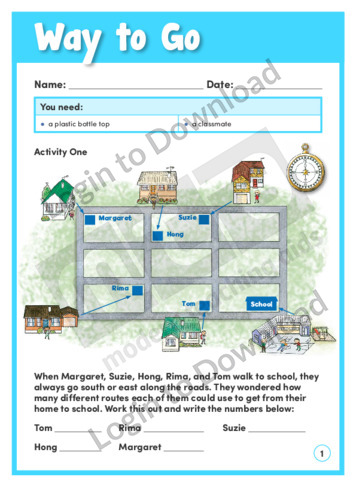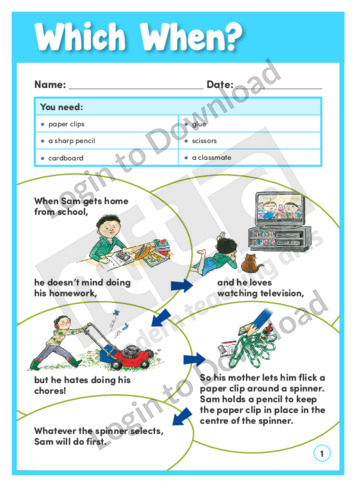This data and probability worksheet, ‘Compound Events’ offers an introduction to compound events. Answer sheet provided with file download.
Are dice games fair? In this learning activity, ‘Dicey Differences’ students use repeated throws to gather and display data. They then interpret the data to evaluate the fairness of the dice game. An answer sheet is provided and includes accompanying teaching notes with suggestions for supporting learning and further exploration.
This maths template, ‘Die’ provides a net that can be reproduced for classroom use.
This maths manipulative, ‘Dominoes’ can be reproduced for classroom use.
This learning activity, ‘In Between’, provides instructions for a card game exploring probability. Students predict outcomes and explain their reasoning. An answer sheet is provided and includes teaching notes with suggestions for supporting learning and further exploration.
This learning activity, ‘Left to Chance’, includes a board and instructions for a game of chance. Students play two different versions of the game 16 times each, record their results, and decide whether the game is fair. An answer sheet is provided and includes teaching notes with suggestions for supporting learning and further exploration.
This quick reference chart, ‘Probability Diagram’ can be reproduced for classroom use.
This learning activity, ‘Sneaky Snakes’, includes a board and instructions for a simple game of chance. Students play the game and record how many throws it takes to reach the finish. They then analyse the data. The accompanying teaching notes include suggestions for supporting learning and further exploration.
This learning activity ‘Superbeans’ provides two examples of ways to investigate probability, using first two-differences (coin toss) then three-differences (coloured beans). An answer sheet is provided and includes accompanying teaching notes with suggestions for supporting learning and further exploration.
This learning activity, ‘Way to Go’, presents two activities that ask students to record and analyse outcomes. The first activity involves a map of routes to school, and the second activity describes a trial of bottle top throws. An answer sheet is provided and includes teaching notes with suggestions for supporting learning and further exploration.
In this learning activity, ‘Which When?’, Sam uses two different spinners to decide what to do after school. Using the supplied template, students make their own spinners and record the results of their spins. An answer sheet is provided and includes teaching notes with suggestions for supporting learning and further exploration.
It�s that easy!

